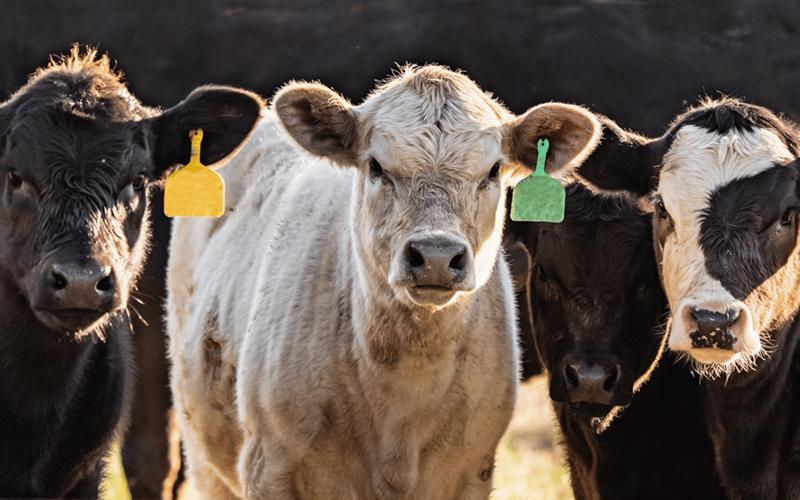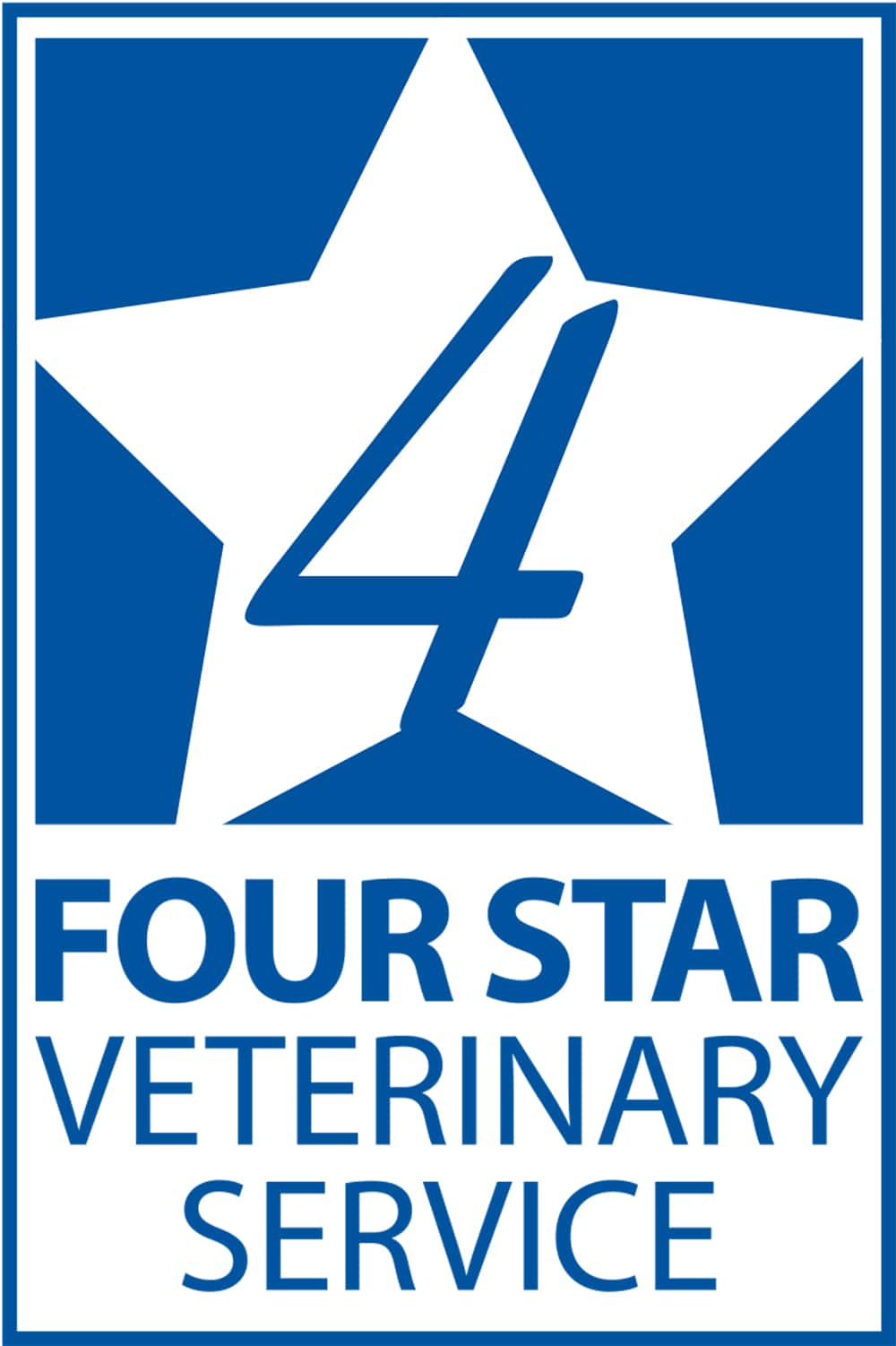
Mycoplasma bovis tends to hit calves early on in life, especially those born on dairy farms, according to Dr. Bryant Chapman with Four Star Veterinary Service in Ohio, noting that beef-on-dairy calves can be at risk, especially if they were not provided adequate amounts of colostrum.
While mycoplasma can also cause mastitis and arthritis, the major concern with the pathogen is with the upper respiratory tract and pneumonia. Mycoplasma bovis can lead to irreversible lung damage, can increase morbidity in infected calves and, in some cases, increase mortality, Chapman said, pointing out that this costs producers not only in calf losses but also in lost growth potential and increased medication costs.
One of the most tell telltale signs of an early mycoplasma infection is a unilateral ear droop — when looking at a calf, one ear will be pointed forward and alert while the other is drooping — which is fairly unique to mycoplasma infection, Chapman said.
Mycoplasma can present differently depending on type of cattle operation, he said — dairy calves tend to come down with it earlier in life than in beef calves that spend their first few months on pasture with their mother. Beef calves can develop mycoplasma when they’re weaned and put into more of a drylot housing scenario.
Generally, mycoplasma is a slower-moving pathogen, where a producer will be treating a couple of calves every week for multiple weeks, Chapman said. With other bacteria, a whole group of calves will get sick all at once. Once calves are around 400-600 lbs., they tend to grow out of it and have some immunity against mycoplasma, if they did not have much lung damage, he added.
Facility management
Mycoplasma likes to thrive in damp, humid environments, Chapman said. He said barns should be kept clean and dry with good ventilation to reduce the risk of Mycoplasma bovis infection.
Mycoplasma cells do not have a cellular wall, so it doesn’t live very long in the environment, he said, but studies have shown that Mycoplasma bovis can live within biofilms created by other bacteria or debris for months or potentially years. Without proper sanitation and disinfection, mycoplasma can move from one group to the next by residing within a barn if it is not cleaned out properly between groups.
Proper ventilation management is important, especially during winter when calves may be confined in barns. Producers want to keep their animals warm but humidity can then develop and allow mycoplasma to proliferate.
Treatment and control
As mycoplasma has no cellular wall, so only certain types of antibiotics will be effective against it, Chapman said. Antibiotics that target the cell wall, such as the beta-lactams, will not be effective, but other products such as the macrolides can be a good choice, he said, as long as they are used judiciously.
Long-acting macrolides can work well, Chapman said, because they remain in a calf for a longer period of time, which is important with the slow-acting nature of mycoplasma. Macrolides have also been shown to target the lungs where mycoplasma can cause damage.
Unfortunately for the control of Mycoplasma bovis, there really isn’t a “great vaccine, whether it would be autogenous or commercial for cattle,” Chapman said. There are companies that are trying to develop a vaccine, but so far attempts have been “pretty futile” in terms of true protection against mycoplasma.
Prevention is the best way to control mycoplasma flare-ups, which means targeting the environment, Chapman said. Producers should pay attention to keeping the calves’ environment dry, use appropriate bedding, and make sure the stocking density and ventilation rates are appropriate for their facilities. On dairy farms, there is the extra milking equipment handling and sanitation.
Organic farms
Organic producers really have to focus on environment to reduce the risk of mycoplasma infections, Chapman said, as they do not have the ability to treat calves with antibiotics.
He suggested organic producers look at practices that would boost calves’ immune system, such as making sure they have enough electrolytes in their water or adequate mineral nutrition, so that they have a strengthened immune system to fight off mycoplasma. He suggested trying essential oil and botanical products that have become available, but with the caveat that those products do not have clinical trials to support their efficacy.
Organic facilities really need to focus on what they can do before an outbreak because one a mycoplasma infection starts, there’s not much that can really dampen it, he said. “It’s through the setting up of the correct environment and potentially vaccination” — although the history of vaccines and this bug has not been the most successful — that organic producers need to focus on, including facility and equipment cleanliness, calf environment, and housing and ventilation, Chapman said.
Even for conventional farms, facility and environmental management are the first, key steps to reducing mycoplasma risk. Just treating calves with antibiotics “isn’t going to solve your problem” with mycoplasma, he said, because the problem will continue to flare up. Maintaining a clean, dry, draft-free environment also helps prevent other respiratory diseases beyond mycoplasma.
Mycoplasma bovis is a “challenging and frustrating bacteria” that most groups of calves are going to be exposed to, so producers need to stay on top of their facility and environmental management programs to reduce the risk of the disease and minimize its effect on growing calves.
